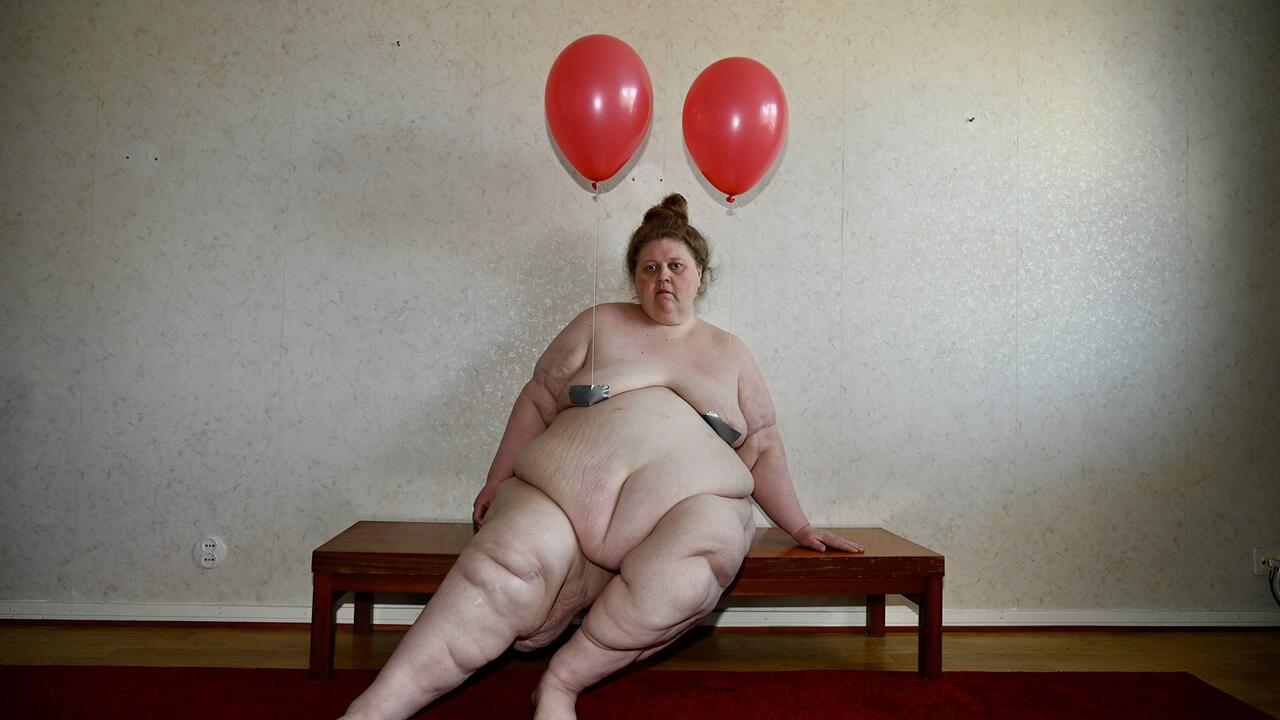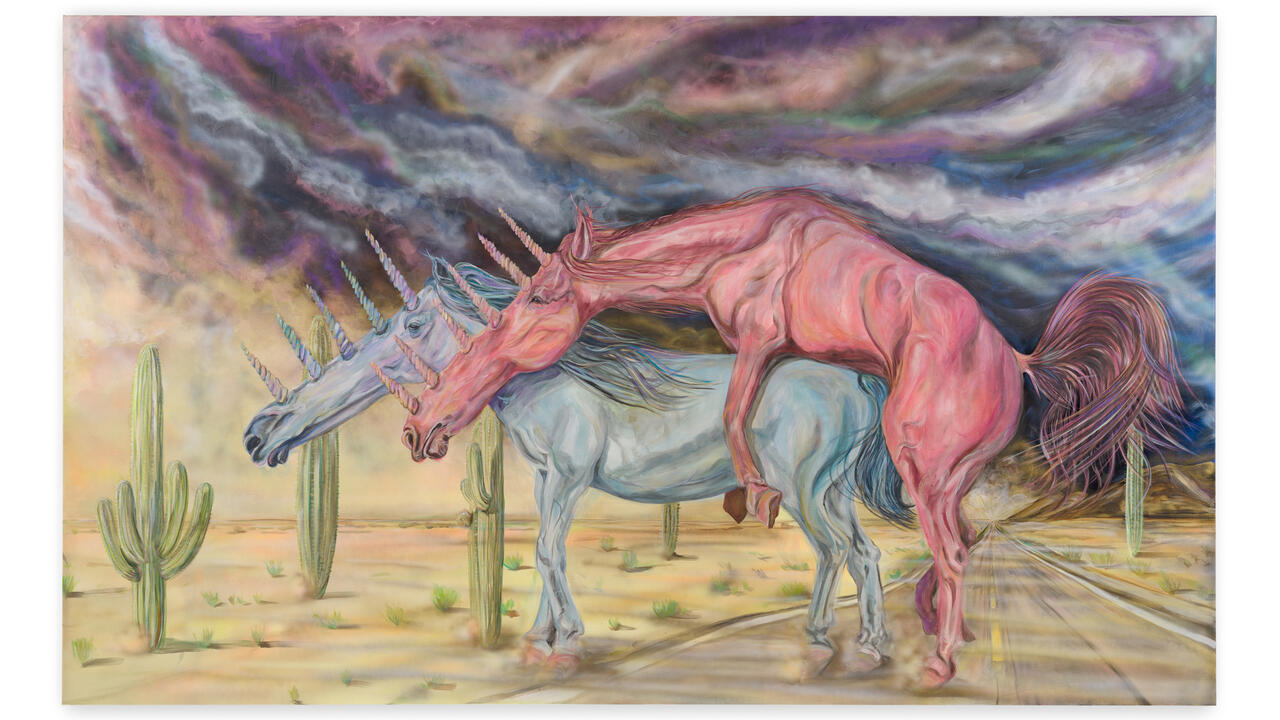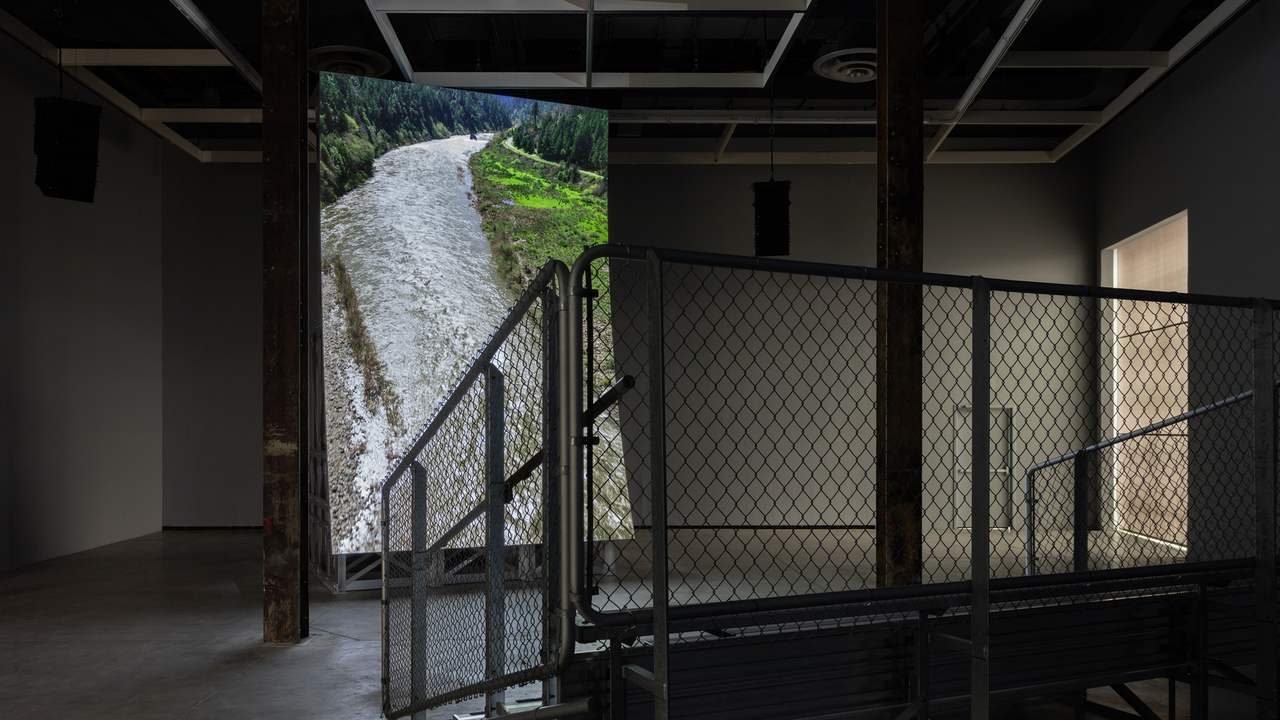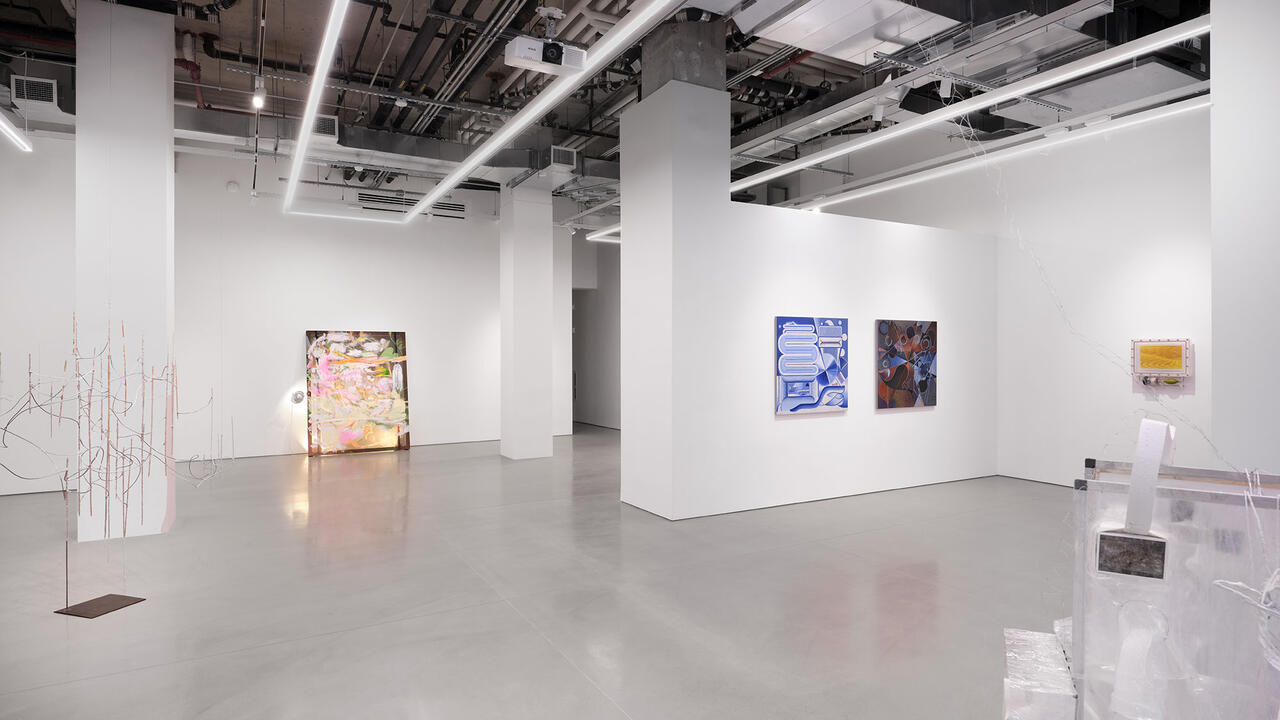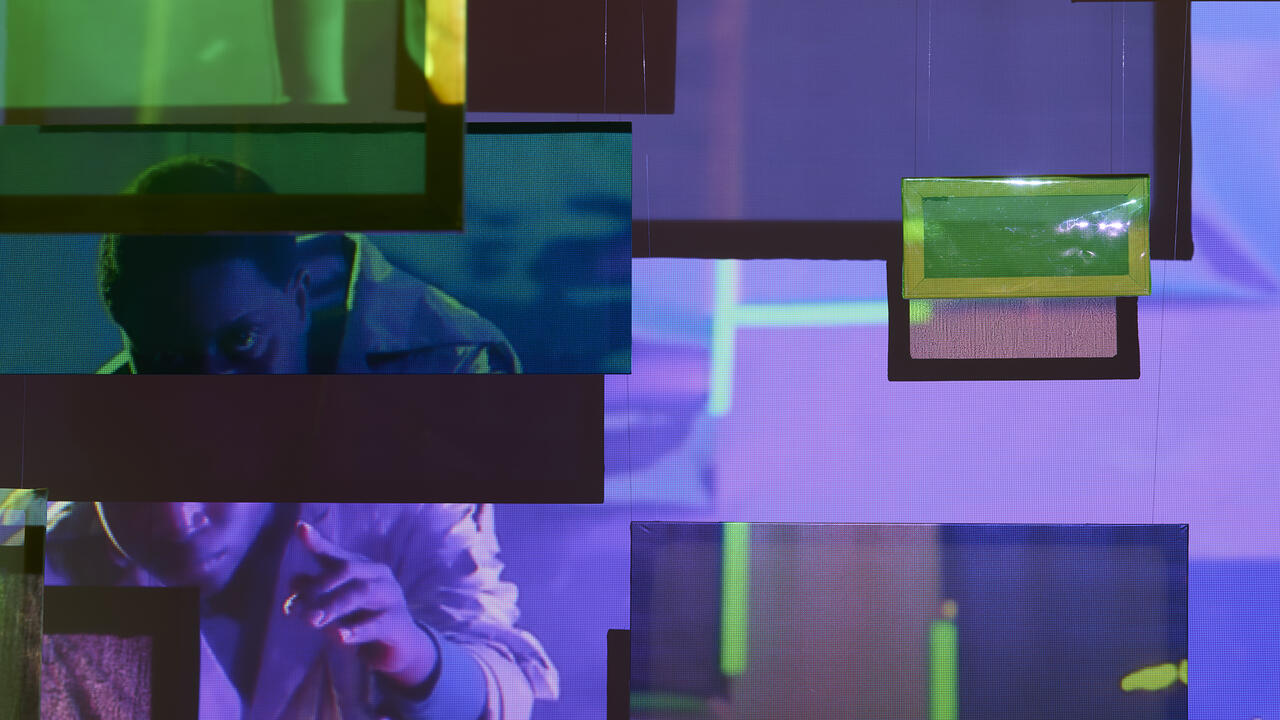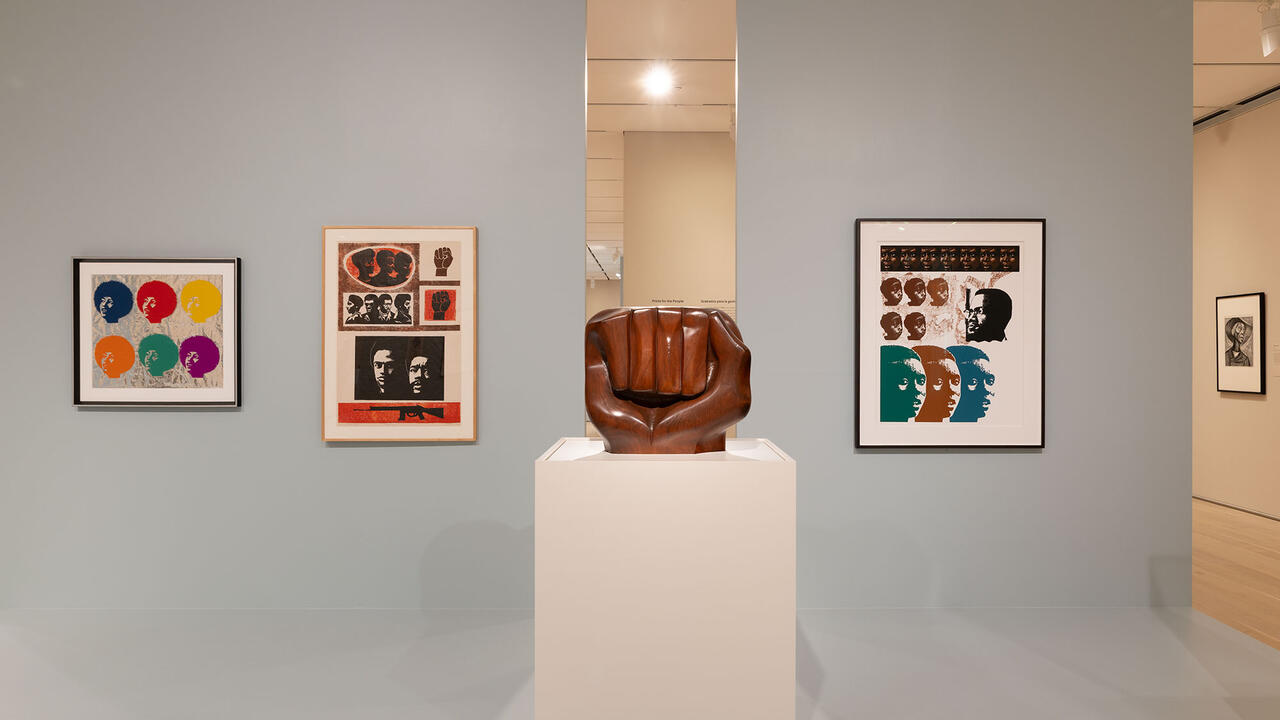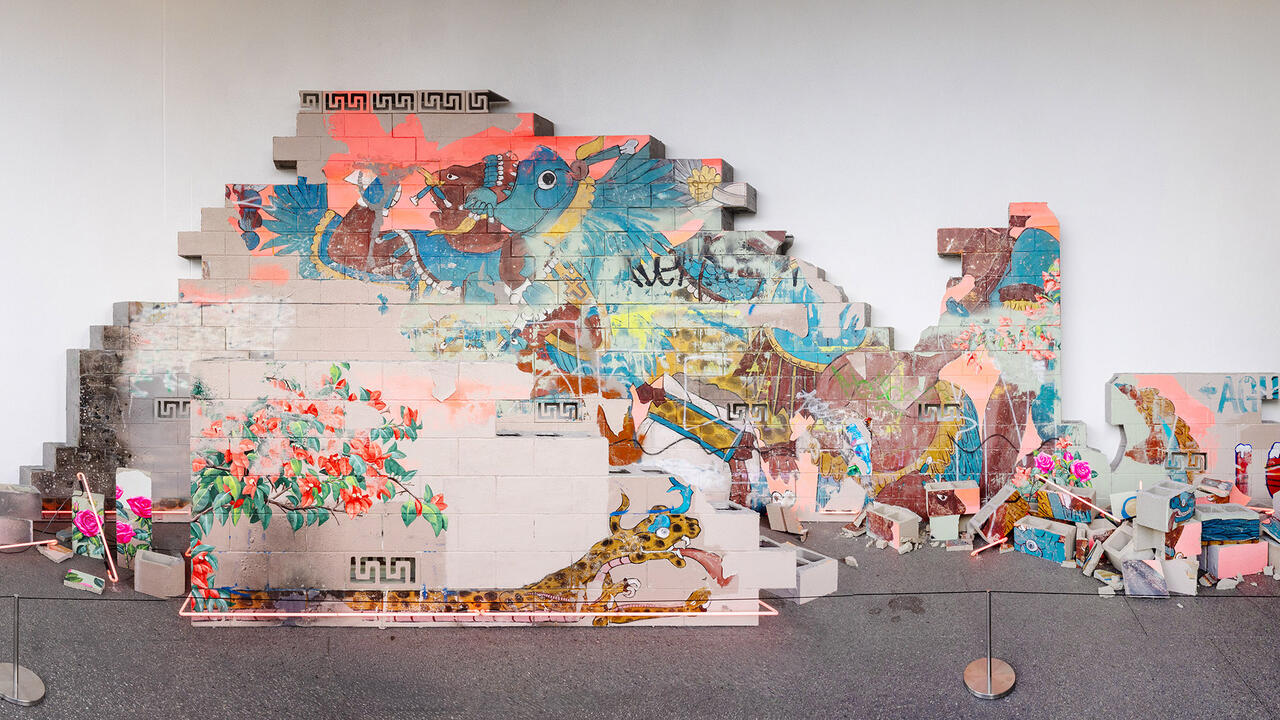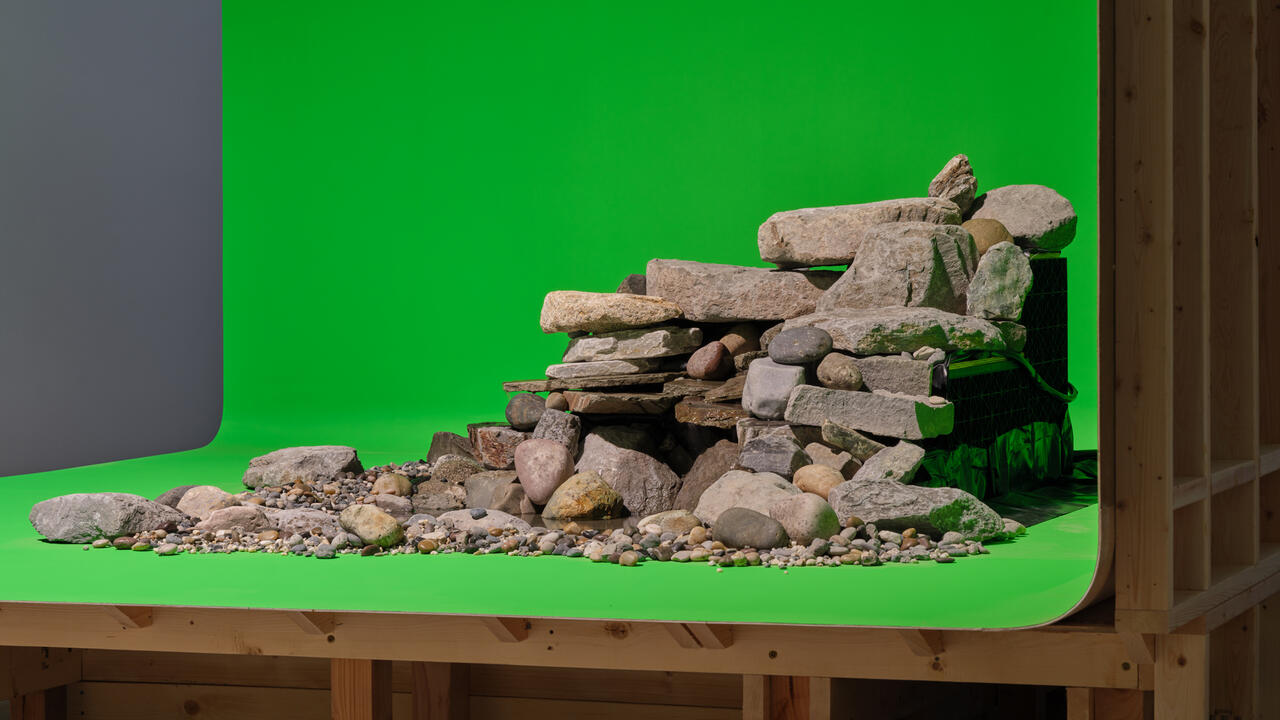Howardena Pindell: ‘What Remains To Be Seen'
At the Museum of Contemporary Art Chicago, a comprehensive look at five decades of the artist's incisive, yet uplifting, practice
At the Museum of Contemporary Art Chicago, a comprehensive look at five decades of the artist's incisive, yet uplifting, practice

Best known for her abstract canvases encrusted with paper chads, Howardena Pindell has addressed a broad range of aesthetic and conceptual concerns in her art, a diversity further reflected in her work as a curator, educator, activist and writer. With ‘What Remains to Be Seen’, co-curated by Naomi Beckwith of the MCA Chicago and Valerie Cassel Oliver of the Virginia Museum of Fine Arts, the artist receives her first major travelling retrospective and a comprehensive look at a practice that spans over 50 years.
The exhibition opens with a selection of figurative fauvist paintings that Pindell made while studying at Boston University and then Yale that foreshadow her turn to abstraction. The circles and numbers that would remain central to her practice appear in untitled abstract forays on graph paper from the late 1960s: ellipses in shades of yellow, red, and blue skittering across a page, and circled sequences of seemingly random numbers in the paper’s cells, that playfully revise the modernist grid.
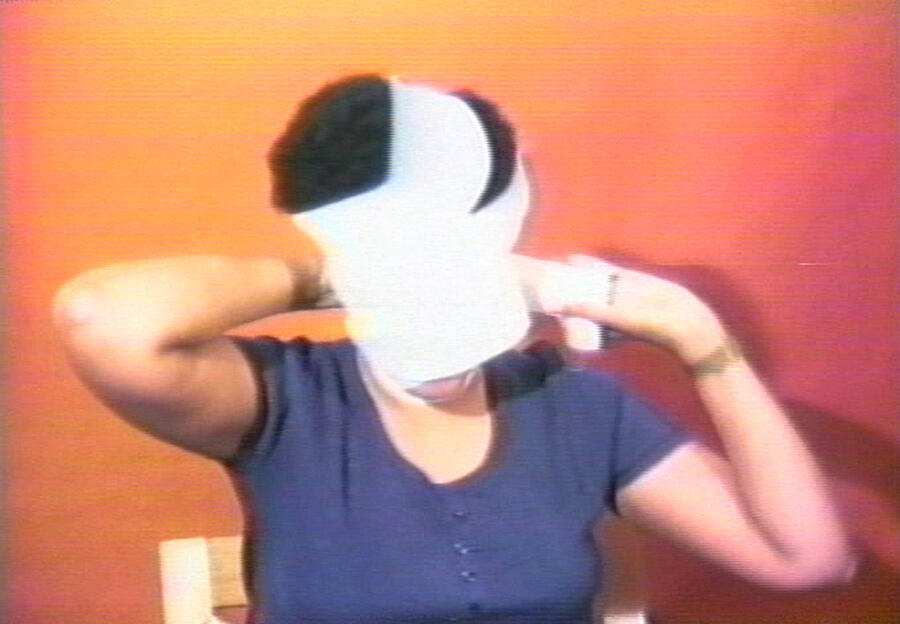
Around 1970, while working as a curatorial assistant in the Department of Prints and Drawings at the Museum of Modern Art, New York, Pindell began making hole-punched templates from cardstock and manila folders and collecting the refuse to craft her compositions. The ensuing works are more assured, pushing the sensory boundaries of painting. In Untitled (1971), a constellation of multicoloured circles, rendered by pushing paint through her templates, glimmers against an indigo ground. Pindell layered the unstretched canvas of Untitled (1977) with powder-blue paint, paper, glitter, sequins and string. For Untitled #98 (1978), meanwhile, she amassed hundreds of confetti-like chads into a densely textured assemblage that evokes both the sweeping canvases of Jackson Pollock and the microscopic atoms that compose life, with red and orange paper dots peeking through its cool oceanic surface.
Pindell’s practice took a sharply political and autobiographical turn following a near-fatal car accident in 1979. Traumatic brain injuries causing partial amnesia prompted her to use art to reconstruct her past and reassess her ethical concerns. (Cultural memorabilia from that year, along with timelines of personal and cultural events, appear in a small gallery halfway through the show.) Throughout the ensuing decade, she largely abandoned the rectangle – opting for irregular, often ovoid canvases, some cut in pieces and sewn back together – and began integrating representational elements and text. In Autobiography: Water (Ancestors/Middle Passage/Family Ghosts) (1988), an outline of the artist’s body, her face painted pale grey, is submerged in a pool of cobalt pigment and surrounded by collaged eyes and limbs in varying skin tones. A page affixed to the canvas reads ‘SEPARATE BUT EQUAL’, a phrase from the notorious Plessy v. Ferguson (1896) case, which ratified segregation in the US; the white outline of a slave ship drifts nearby, a reference to the deadly ‘Middle Passage’ of the transatlantic slave trade.
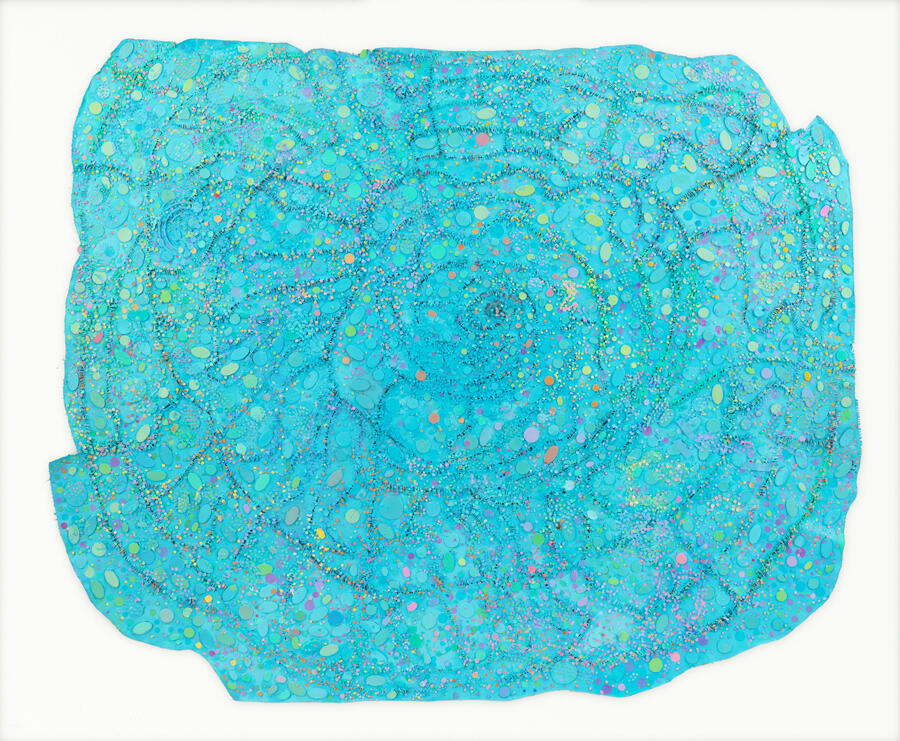
Plessy reappears in the title of Separate But Equal Genocide: AIDS (1991–92). Here, side-by-side black and white American flags have been inscribed with the names of casualties to HIV/AIDS, exposing the virus’s disproportion effect on the black population of the US. The installation Hunger: The Color of Bones (2014) strikes with the same emotional force: a black canvas collaged with the word ‘hunger’ and images of starving and dead bodies, as well as names of nations and cultures that have suffered from famine, is foregrounded by a family of human skeletons. Pindell’s withering criticism of US politics also surfaces in her ‘video drawings’, photographs of television images overlain with arrows and numbered dots in ink, begun in 1973. In War: The “L” Word (George Bush) (1988), three arrows pointed at the former President’s open mouth connected to a printed word: ‘LIAR’.
Politics become intensely personal in Pindell’s iconic 1980 video Free, White and 21, in which the artist performs an imagined dialogue with a white woman. As she recounts experiences of racism, the white character dismisses her, stating, ‘Don’t worry, we will find other tokens’ and ‘You really must be paranoid. Those things never happened to me.’ Through an intimate address, Pindell damningly exposes forms of institutional racism that the art world and society at large have yet to exorcise.
Pindell’s best works are incisive, but also uplifting; the various socio-political issues they address are unified by sensuous detail that invites viewers in for a closer look. Her most recent pieces draw inspiration from her childhood interests in mathematics and science: in the painting Night Flight (2015–16), a cerulean spiral vibrates with the dynamic tension of thousands of paper dots. It recalls, in equal measure, cells under a microscope or stars in the sky above. Fashioned from the most minute and mundane materials, Night Flight’s galaxy of colour opens its arms to a universe of possibility.
Howardena Pindell: What Remains To Be Seen runs at MCA Chicago until 20 May.
Main image: Howardena Pindell, Untitled, c. 1968, (detail), acrylic and cray-pas on canvas; 1.2 x 1.1 m. Courtesy: the artist and Garth Greenan Gallery, New York









